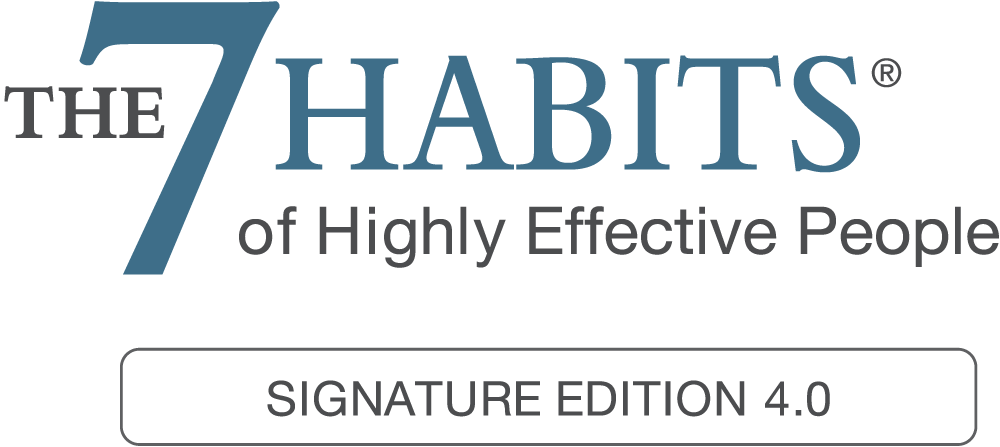The business world is in a foundational shift: Until recently, having a diverse workforce was seen as a desirable but not necessarily essential management objective — a goal that could be acknowledged with a handful of initiatives for the future. Now, there’s no question that an organization that promotes diversity, equity and inclusion (DEI) gains a competitive advantage as it can catalyze great innovation and fuel a more robust culture for success.

Executives should be careful not to spearhead too much of a top-down creation of employee groups
A broad representation of gender, age, race, sexual orientation and cultural identities in an organization is an established predictor of success, studies have increasingly shown. The employers thriving in the emerging economy are the ones able to attract and retain a talent population that most closely mirrors the wide-ranging population. In addition to these more traditional diversity sets, leaders know having team members who have different geographic, experience-set, education, religious and other backgrounds also add to a team’s diversity and overall growth.
Far from just a box to be checked, diversity is the key to survival and foundational to any organizations’ ability to sustainably thrive ongoing. It’s not hard to understand why.
A diverse workforce harnesses the power of different perspectives as a matter of course. Supported by a culture of transparency and trust, the diverse team will wind up with a more innovative answer, a more vetted solution — and importantly along the way, each of the individuals on the team will have grown in some way through the collaboration experience.
If your organization is earnest about making demonstrable progress but needs a kick-start, consider whether the existing culture helps every employee — newcomers and veterans — feel like they belong.
There are no shortcuts, but there are a few notable milestones in your journey to get there:
1. Define the Mission
Somewhere along the way, accelerated by an increasingly competitive labor market, it became an organization’s responsibility to help potential and new employees feel like they belong, rather than focusing on whether they could fit in.
With this shift comes a difficult question: How do you make such a diverse culture feel like they can be their authentic selves at work?
Your first step is to define the organization’s broad goals and how your team can make them happen. If you want a diverse collection of people to feel like they all have a purpose, it makes sense that you would need to define your organization’s mission as clearly as possible.
An inordinate focus on what makes people different can obscure what connects us all — a desire to become part of something greater than ourselves. When leaders articulate that vision in a way that resonates, they take the first step toward making every employee feel as if they belong while also unifying the team around shared goals.
2. Employee Groups
There’s a reason I’ve spent years engaged in and singing the praises of such groups. At our company, we have more than two dozen, many of which have been in place for decades. I’m proud of being responsible for the creation of several of them, including AT&T Women in Business, that now has more than 5,000 members globally.
These communities within a community codify an embrace and celebration of diversity. They also come with their own little secret: They are inclusive by definition. Anyone can join and be part of the learning, networks and experiences.
Even if you’re not part of a historically marginalized group, for example Latinx, LGBTQ+ or a military veteran, for example — there’s nothing stopping you from joining these groups. In fact, that inclusion should be encouraged, reflecting the reality that many of us have these broader connections through our families, friends, co-workers or neighbors. It helps to create more empathetic allies within an organization, leading, hopefully, to a further breakdown of barriers between employees.
Executives should be careful not to spearhead too much of a top-down creation of employee groups. Instead, they should encourage employees themselves to start them, with executives as sponsors.
3. Put Communication on the Calendar
It’s one thing to tell employees that they’re free to share their innermost concerns. It’s another to make those concerns part of an ongoing, open conversation that helps shape your culture.
In the aftermath of the summer 2020, which featured so many high-profile deaths of African Americans, I gathered a group of African American leaders who I knew would tell me the truth about the emotional impact. The result of numerous meetings was a new program series called “Candid Conversations.”
It may be difficult to measure the impact of this interview series on employees at my company. But I know the act of having these conversations on stage, in their view, is a simple yet effective form of acknowledgment of the feelings and concerns of certain groups within our organization that they may have difficulty expressing publicly.
And I know that creating the safe spaces to have these types of discussions has a force multiplier effect — more and more people lean into the opportunity to reach out — to listen, learn, seek to understand and engage differently than they were before.
4. Audit Your Inner Circle
I gave a short speech recently at an event and unexpectedly earned some poor reviews from the audience. The notes made the issue clear: Attendees said they didn’t know they’d be attending a social justice speech.
As it turns out, neither did I. My speech was merely a recounting of my own lived experiences as an Asian-American woman in the executive ranks and the role that courageous leadership plays in my role every day.
If you, or the people around you, aren’t sharing stories that make others feel a little uncomfortable, it may be time to audit your inner circle. Courage is the opposite of comfort. And if you’re too comfortable, you’re not learning or growing. The people who you are hearing from and how often must reflect the broad makeup of your organization as well as your market.
Numerous employee-created groups and interview series can’t compensate for leaders who aren’t routinely listening to those who don’t look like them, sound like them or live like them.
5. Listen for These Words When Hiring
At some point, it becomes an entire organization’s job to perpetuate the culture of belonging. Which means hiring well.
The right culture takes leaders who have traits that can’t be faked: empathy, vulnerability and compassion. To find them, listen to how they speak.
How often do they use the word “I” rather than “we?” How often do they give credit to their team, rather than themselves? How often do they talk about outcomes in terms of impact, rather than accomplishment?
Diversity and the culture of belonging that it brings are finally getting credit for the bottom-line impact they make, rather than for merely being the right thing to do. Now comes the hard part — making it a reality at your organization. For any cultural change to succeed, it must start at the top.
|
Training Program

|
||||||||||||||||||||||||||||||
| LEARN MORE |











